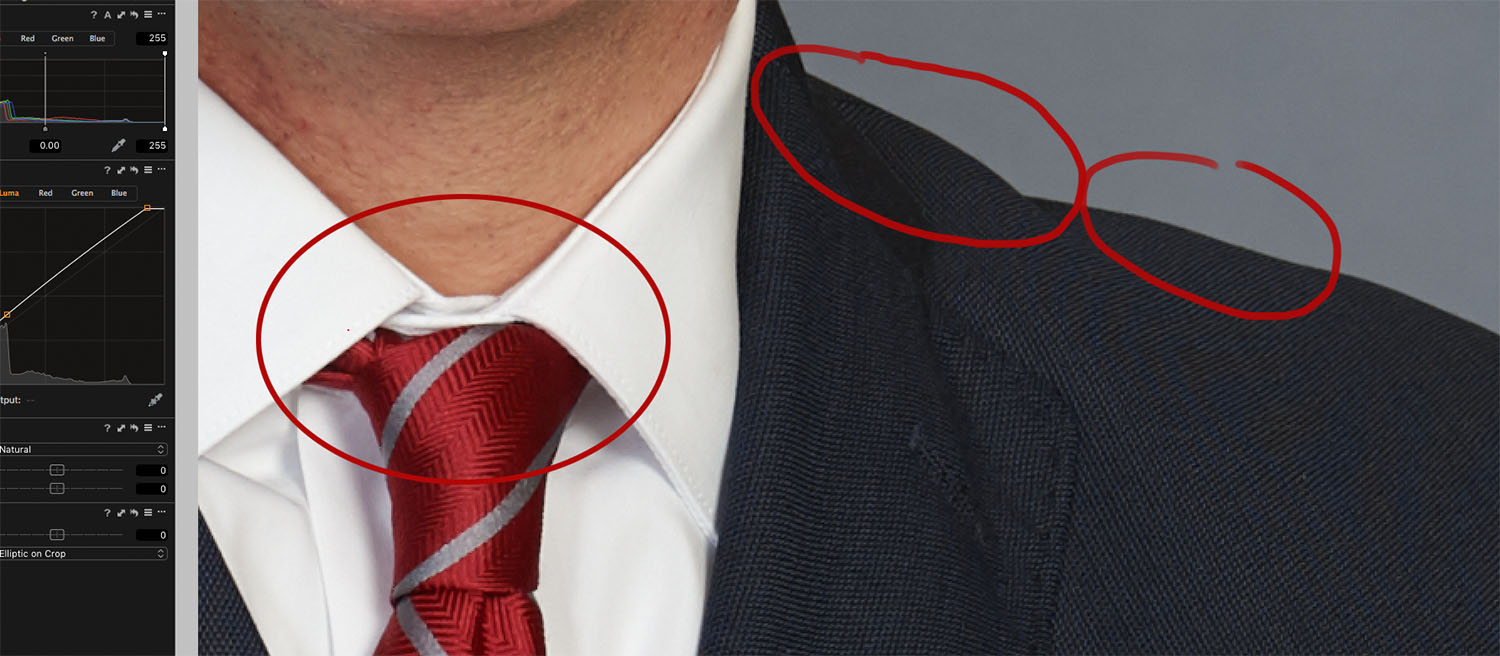We take a lot of professional photos of and for business executives.
I personally prefer to label what we do portrait photography.
That label feels more dignified and valuable than another (more common it turns out) label, head shot.
For the longest time we resisted using the latter term. It seemed superficial. It felt like slang. It felt like what aspiring actors and models seek. It didn’t seem business-like.
But when Google’s pay-per-click advertising began to sound like a practical sales and lead generation tool for our company, I began to listen more closely to the language our clients commonly used. Language they and their peers would presumably therefore use in online searches.
You saw this coming, didn’t you? “Headshot” is what most people seem to call what we do. Or maybe “head shot” if spell check disapproves of the concatenated variant.
So much for dignity and value considerations.
Go where the searches are
When it comes to marketing a professional service, it’s important to see beyond your personal biases or industry-insider terminology and stay attuned to the common vernacular. Potential new business from search results makes this seemingly subtle difference more significant than simply “You like tomato and I like tomahto.”
For that reason our web site now uses both forms. If you discover FayFoto Boston while searching online for a headshot photographer, we are more than happy to provide a solid business portrait of you or members of your team.
But is there a difference?
Is the distinction between a head shot and a portrait merely semantic?
Well, actually no. Not in my mind anyway.
The difference comes down to time and attention, both in the image capture and the post production stages.
A Head Shot can be thought of as a high quality ID photo
Let’s say you have a large group of people (imagine a sales meeting, bringing employees from all over the country together in one place). Or you would like to add photos of a department’s worth of people to an internal intranet. You want to have a presentable photo of as many as you can. You need to move along, though. You allocate 5 minutes per person. We can do that. We’ll still bring studio lights and a background, but there isn’t time for the subject to review and select an image. In such cases we frequently edit each subject’s images to 5 or 10 per person and either send you a PDF proof sheet to select from or just simply send you moderately sized and cropped JPEG files of the whole bunch. In the latter option it’s on you to decide which image to use for each person. We will apply color and exposure corrections and custom cropping, but that’s it for post production.
For some use cases this is entirely sufficient.
This would be a headshot.
A Portrait affords more time with the subject and more post production
On the other hand, let’s say you present images of your firm’s Partners or executive leadership team to the public on a web site. Presentation of these executives reflects on your company. The image may also be used for press releases or LinkedIn profiles in addition to the company website.
In such a case it’s more appropriate to schedule 10 or 15 minutes per person, allow him or her to review the captures, take more photos if necessary, and approve one. Significant care and attention is paid to every inch of the image in post production. Several variations of crop and resolution may be applied to the final image to comply with various media specifications.
That, in my mind, is a portrait.
Evaluate your needs
Give some thought to what your needs are realistically. Then give us a call and outline your needs, expectations, and budget. We’ll work with you to give you what you need – nothing more but most certainly nothing less.

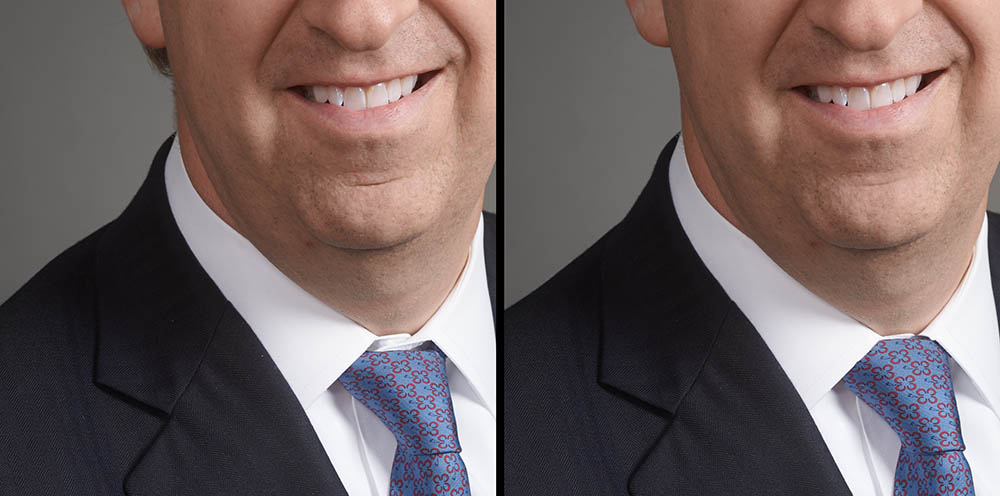
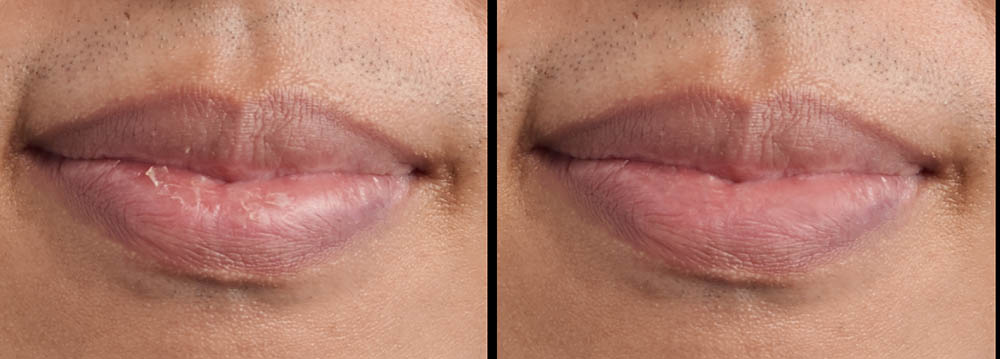
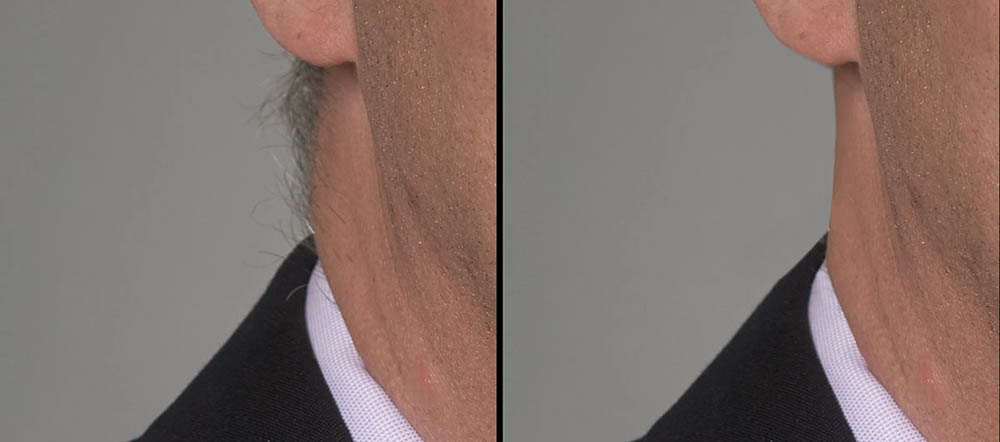
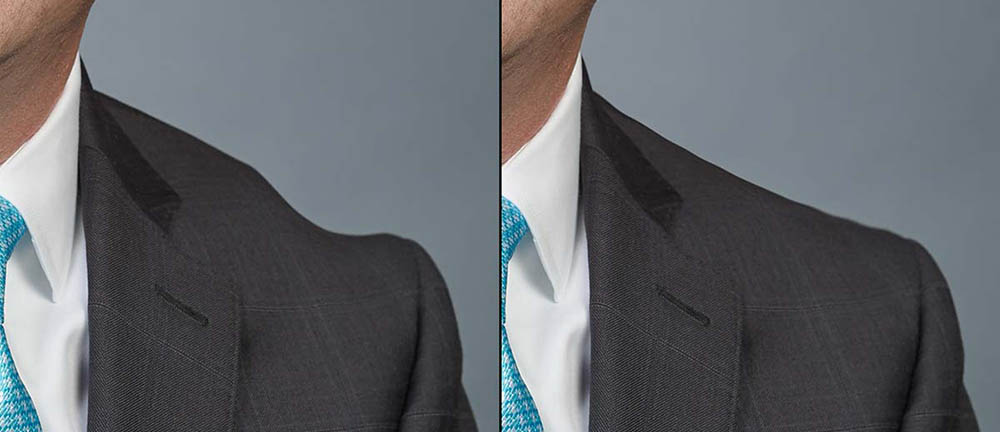
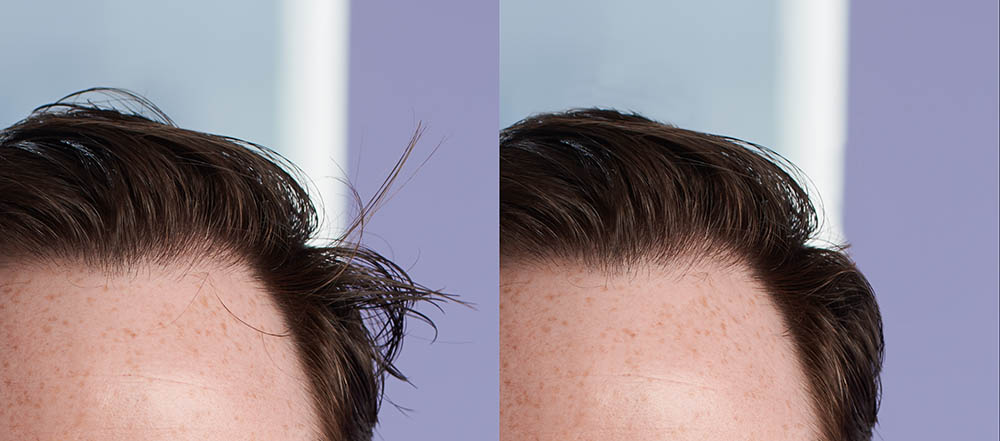





 FayFoto is called to do groups for, among other things, College and University reunions, graduating classes, professional organizations, business units, award recipients, and workshop attendees.
FayFoto is called to do groups for, among other things, College and University reunions, graduating classes, professional organizations, business units, award recipients, and workshop attendees.
